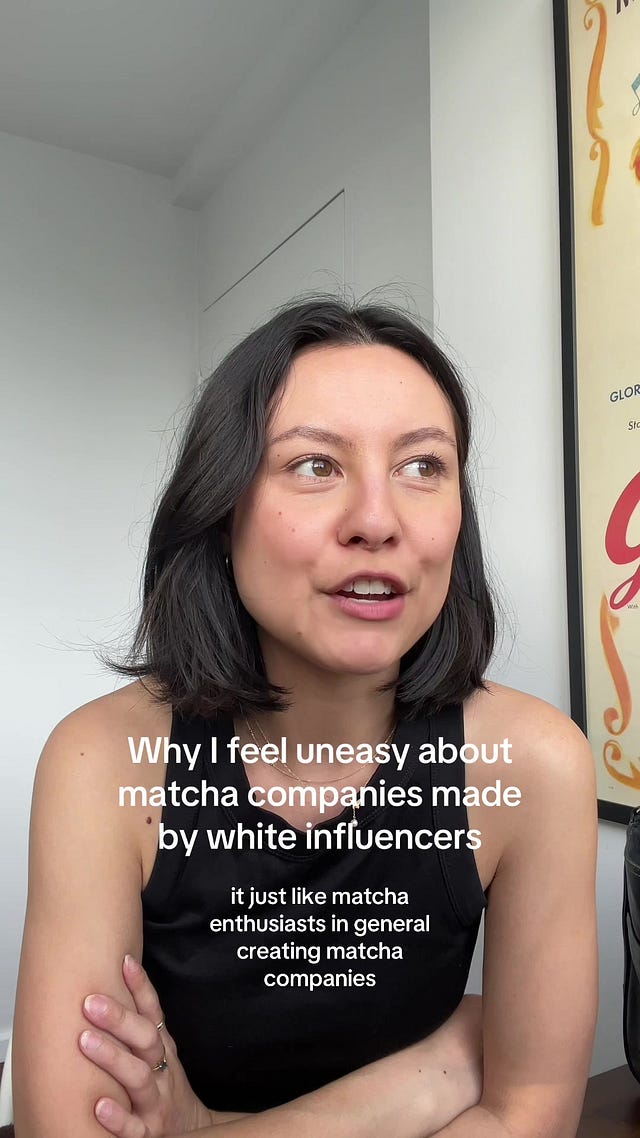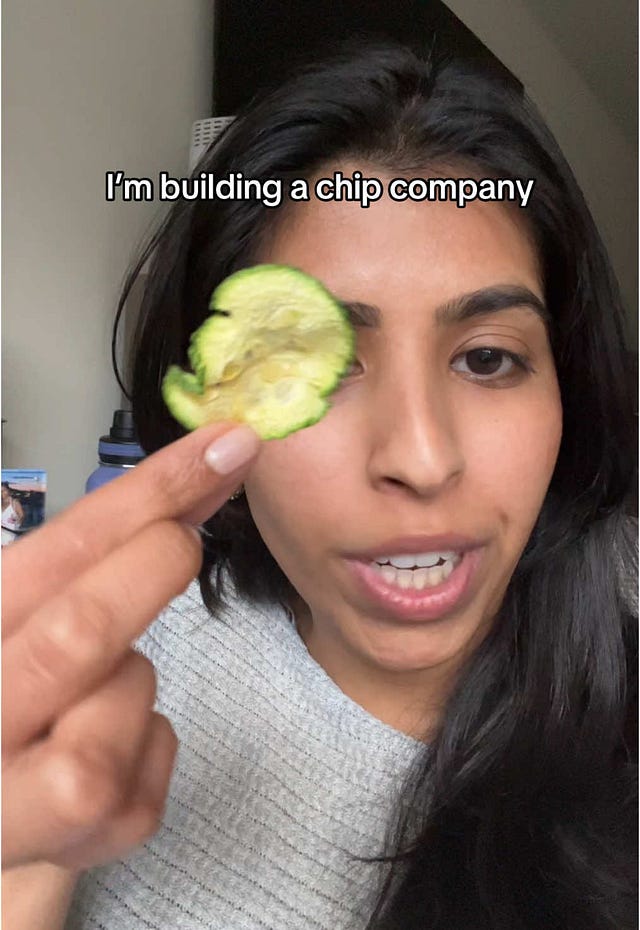Anyone else counting the number of executive orders Trump has already passed? I feel like there should be a legal limit, but alas. One order that’s been on my mind as of late is: tariffs.
ICYMI Trump said he would impose a 25% tariff on most imports from Canada (*10% on energy resources) and Mexico. Additionally, there’s a 10% tariff on Chinese imports. The funny thing about Trump is that he thinks he’s invincible, and thank goodness he’s actually not. American trade doesn’t exist in a vacuum—it needs partners to cooperate to operate. Not to say international economies are cooperating with Trump, but they are implementing retaliatory measures such that Trump has been forced to pull in his reigns.
Canada said they would issue their own 25% tariffs on American imports, including beverages, cosmetics, and paper products worth $20B.
China imposed retaliatory measures, including a 15% tariff on American coal and liquified natural-gas, 10% tariff on crude oil, agricultural machinery, and large-engine cars.
Mexico too had been preparing retaliatory tariffs ranging from 5% to 20% on products including pork, cheese, fresh produce, and steel.
So…where are we at now? Trump agreed to a 30-day pause on his tariff threats against Mexico and Canada. As for China, the 10% tariff is still set to go into effect, though he is meeting with President Xi Jinping in the next few days. I won’t go into a full economic analysis in this newsletter (instead you can read this Time’s piece) but are the trade wars about to begin?
In non-tariff news…
No one wants to give off “pick me” energy except pickles, olives, and tinned fish. Lately, there’s been an eccentric rise in popularity of pick me foods (see list below), which Jaya Saxena, a correspondent at Eater describes as giving an aura of “I’ve studied abroad”. In other words, foods that might have previously been considered an acquired taste, or part of more exotic platings, have gained mass market appeal, mostly due to their sophisticated allure. I think pick me foods have found renewed fame, because 1) younger generations love indulging in small luxuries, as they simply can’t afford high ticket items. And 2) younger generations and elders alike, are susceptible to social signaling through their food choices. If you’re seen eating these pick me foods, you are considered to have refined taste.
I’ve been hearing that Emma Chamberlain’s matcha product is terrible, yet a new cafe for it just opened up??? The YouTube megastar opened her first permanent outpost for Chamberlain Coffee (which also sells matcha) in LA’s Westfield Century Mall this past Thursday. The cafe offers a lineup of classic coffee drinks like cold brew, lattes, and signature drinks including peanut butter mocha and a salted pistachio mocha. On the tea side, there’s matcha lattes, a blue matcha latte with butterfly pea powder, and a chai latte, with the choice of an added cream top. OK—so there’s a lot of fun drink options. Whether or not Chamberlain beverages are actually good, Emma has a cult following that is locked into her brand world. In other words, she’s not just selling coffee or matcha. What Emma Chamberlain is really selling is the idea of being a cool girl that comes with associating with her brand. See exhibit A:
Tiktok failed to load.
Enable 3rd party cookies or use another browserI’m just going to be blunt: what do we think of white people launching new matcha brands? So, if you haven’t noticed—I’ve been thinking a lot about matcha. And this video in particular, really solidified some uneasiness I had been feeling about who’s behind new matcha brands.
This creator talks about how there’s a lot of new matcha brands being founded by individuals who show a lack of education about tea ceremonies and generally green tea’s significance to Japan. There’s concerns of people profiting off a culture that isn’t their own. When launching a matcha brand, or really any new brand, I think it’s important for founders to pay homage to the cultural roots that their product may have. I don’t think you necessarily need to be from that specific region or culture to be allowed to create a product (although your brand might be more authentic if you were). However, you should be respectful and show appreciation for the traditions and history that surrounds what you’re bringing into the market. K, rant over.
Caffeine is out, hydration is in. Celsius released a line of caffeine- and sugar-free hydration powder sticks, set to compete with LMNT, DripDrop, Liquid IV and Ultima. Celsius is currently a major player in the energy drink space and now it looks like they want to capture market share in the electrolyte realm. Given their reputation for creating drinks that give you a caffeine rush (and that’s why consumers love ‘em), I’m curious how this non-caffeinated product line will perform. I personally think if Celsius positions itself as the beverage to consume for productivity needs—get more done with Celsius energy drinks + recover faster with Celsius hydration sticks—the whole product portfolio will feel cohesive.
The fashion world is taking note of these 6 food trends:
Functional feasting—a shift in mindset from food as merely sustenance to being a tool for optimization and self care. Think the rise of functional beverages, supplements, and brain foods.
Redefining comfort food—”while wellness and optimization dominate conversations, the emotional and sensory role of food in our lives cannot be overlooked.”
Sober-curious Gen Z are revolutionizing the beverage industry—in lieu of tipsy beverages, younger generations are opting for non-alcoholic options including sodas and functional waters.
Hypebeast groceries and status snacks—”niche communities are propelling local products and places to cult status and cultivating food subcultures where the barrier to entry is not finance, but knowledge.”
Fermentation fever—think kimchi, kombucha, miso, and natto, among other gut churning foods entering the mainstream.
The year of the pickle and the cherry—not just as flavors, but fully fledged cultural aesthetics.
Last week, I wrote about Gen Z branding. Can we now back track and talk about the death of Millennial branding? My thoughts are still baking, stay tuned.

 Tiktok failed to load.
Tiktok failed to load.Enable 3rd party cookies or use another browser
‘The Rise of the Brand World’ is a must read for founders, marketers, and honestly just anyone interested in branding.
At a time when consumer choice is seemingly infinite, brands that can fully immerse consumers into their narrative are the ones that thrive. It’s no longer enough for a product to just serve its purpose of quenching thirst, feeding bellies, or entertaining us to death. Brands with devoted followings invite consumers into carefully designed ecosystems that go far beyond a single product.
I love watching CPG brands build in public and I’ve now got my eyes on Veggie Vice 👀 The product is simple—chips made from dehydrating vegetables and no added oils. A bag of Veggie Vice chips is only 60-90 calories so we can inhale the whole thing and not feel guilty. On the contrary, we can feel really good about consuming a whole bag of veggies. So, I had been following Veggie Vice on TikTok well before its content picked up. One thing about the founder is that she posted consistently. TikTok is a numbers game. Sure your content needs to have value, but the more you post, the greater your chances that one of those videos goes viral. For small businesses (or really any business) TikTok can be a marketing weapon. It’s a free marketing channel—with an algorithm that has the potential to push your brand to thousands, if not millions of people. If you’re curious, this is the video that really fueled Veggie Vice’s social media growth. Once this video went viral, the founder broke out of TikTok jail.
 Tiktok failed to load.
Tiktok failed to load.Enable 3rd party cookies or use another browser
🙋🏼♀️ where else to find me?!
call me gen z but i’m most active on tiktok, then on instagram.
food baby club is a weekly newsletter covering insights at the intersection of food, culture & design. if you enjoyed reading this, please consider sharing with a friend 💚









